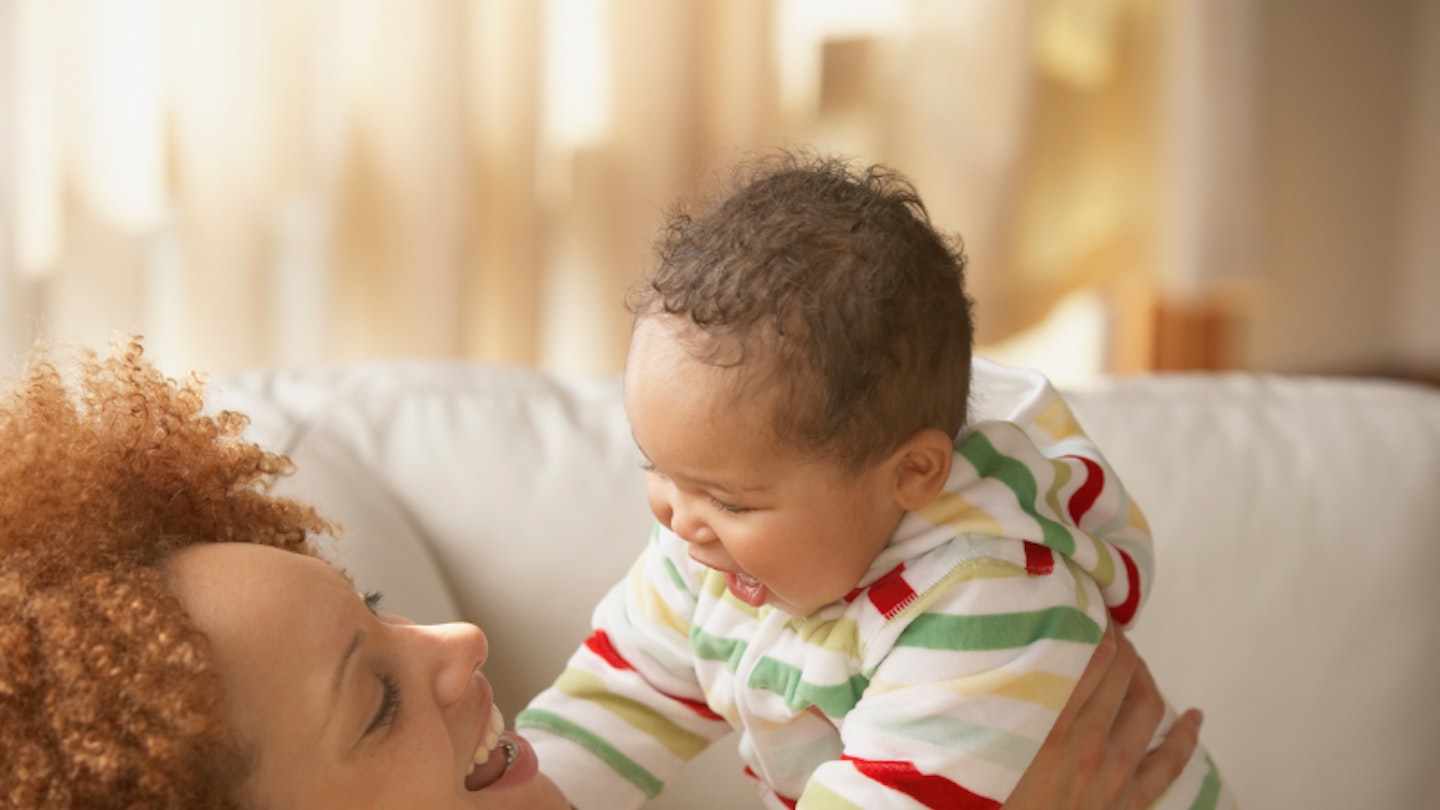Yes, it's long before your little one can understand exactly what you’re saying, but talking to them early on has many benefits for their brain development and growth.
Speaking to your baby will form connections and boost their senses while helping them learn and process information, even if it is just a bit of peek-a-boo.
baby talk
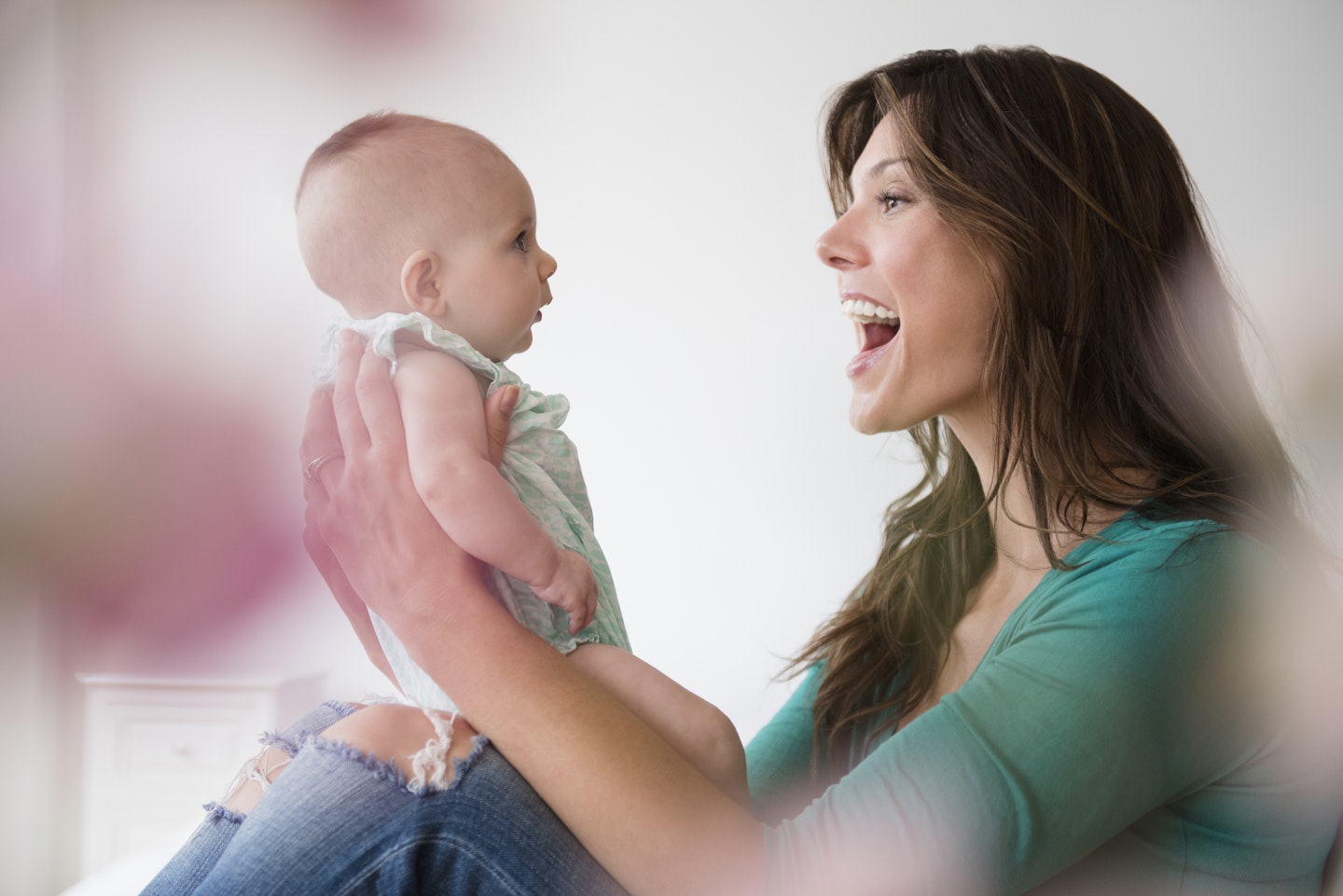 1 of 5
1 of 51) Learn to lilt
A lilting, sing-song voice – we’re thinking The One Show host Alex Jones – will capture your baby’s attention, especially if you’re alone, so he’s not distracted by background noise.
"There are studies showing that babies pay more attention to sing-songy voices," says Professor Caroline Rowland of Liverpool University.
"Just listening to the sounds is very important to help your baby tune in and start learning to interpret language."
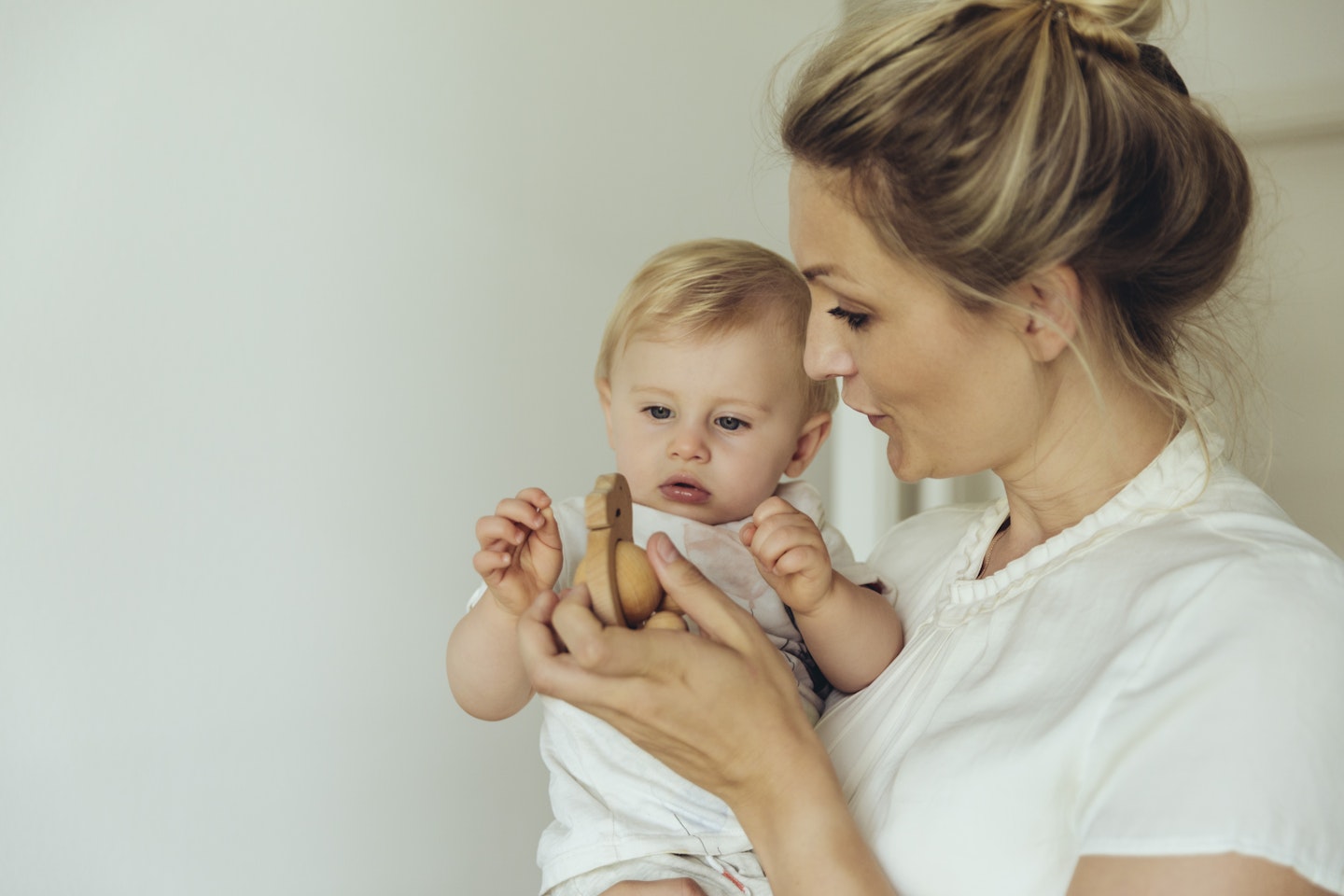 2 of 5
2 of 52) Elongate your vowels
You may find you’re doing this already, but elongating your vowels helps your baby understand you.
"Stretching a vowel sound, like in “shoooooes” or “baaaby”, makes it easier for your child to pick up on the word," says Nairan Ramirez-Esparza, one of the authors of a US study into the impact of speaking this way (dubbed ‘parentese’) on language development.
 3 of 5
3 of 53) Illustrate their world
Watch what your baby is looking at, guess what he might be thinking about and then speak those thoughts out loud, suggests speech-and-language therapist Nicola Lathey.
For example, ‘Ooh, what a noisy car!’ or ‘Look at the dog’. "You’re showing that you’re interested in what he’s thinking, motivating him to try to “talk” about it," she says.
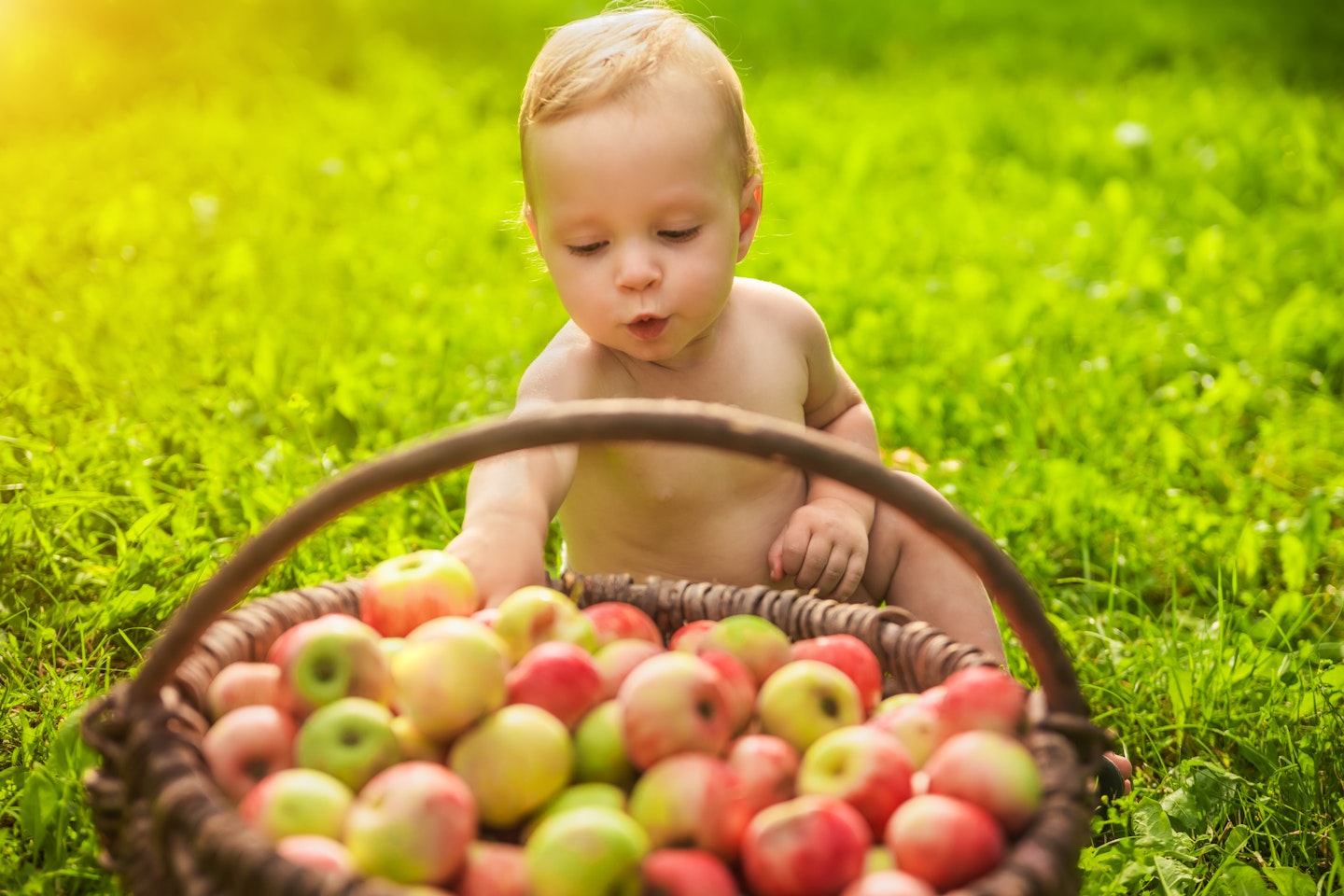 4 of 5
4 of 54) Follow his gaze
At about eight months your baby will be able to follow your gaze so you can direct him to an object with your eyes and then talk about it.
For example, "It’s a ball, isn’t it? Can you see the ball?"
"If you and your baby are looking at each other, he’s more likely to be paying attention and trying to communicate with you," says language expert Professor Elena Lieven.
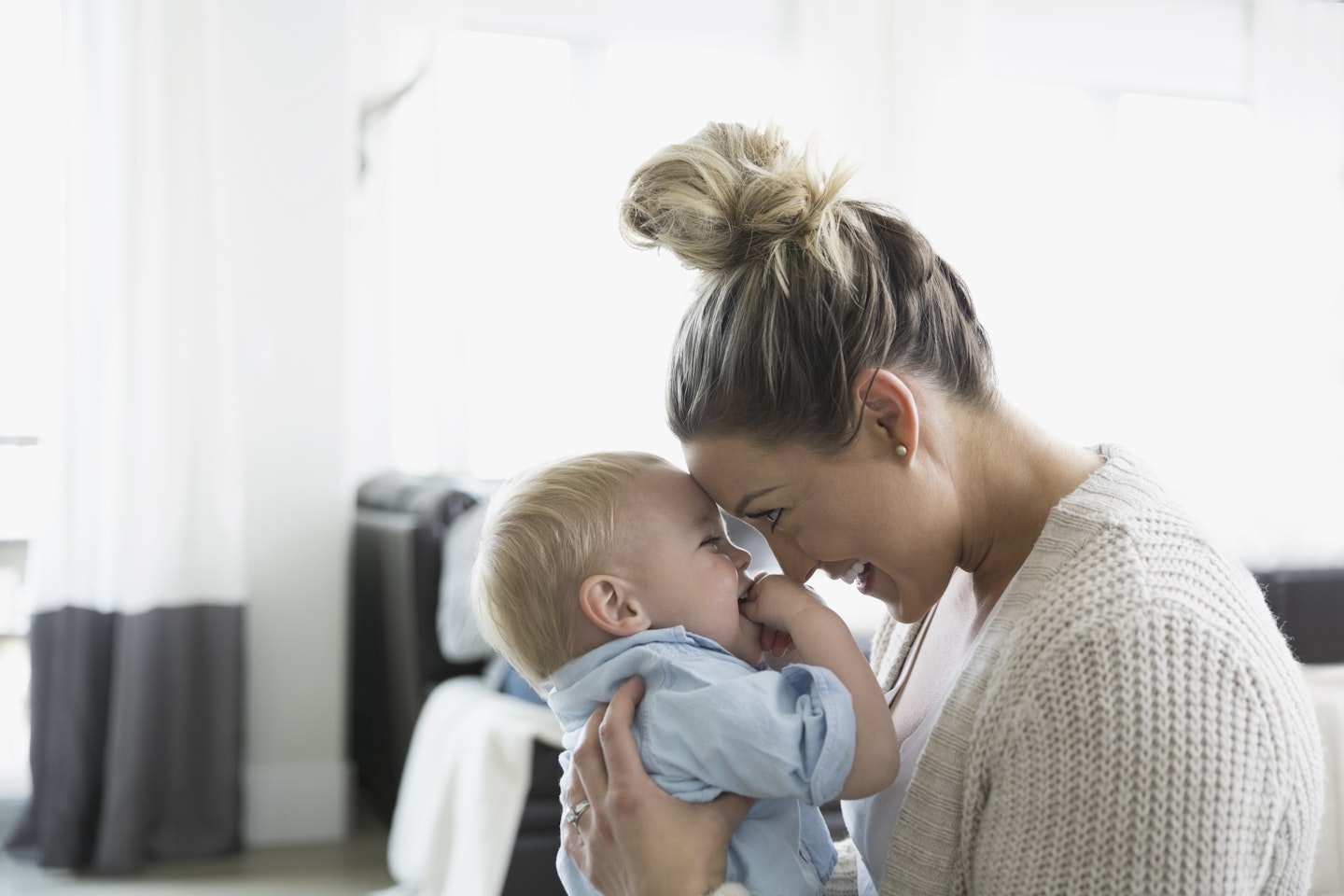 5 of 5
5 of 55) Take turns
After you’ve said something to your baby, wait for a moment and watch him to see if he makes a sound, gives you a smileor even a look that shows he’s listening.
Try to keep your sentences short and see if you can keep up a rally of interaction, even if his part is non-verbal.
"You are showing your baby that communication is a fun two-way process," says Nicola.
How did you start talking to your baby? Let us know on Facebook or Twitter!
Now read:
